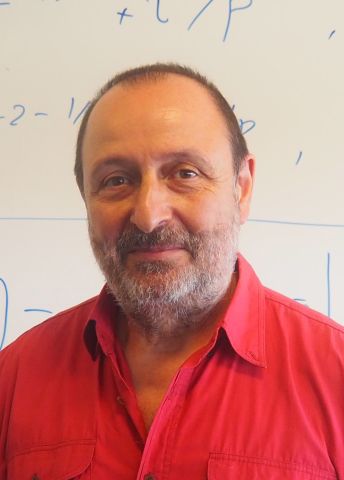
Program for mathematics 2023
Visting Professor
Professor Igor Shparlinski
University of New South Wales, Australia
Nominated by:
Department of Mathematics KTH Royal Institute of Technology
Visting Professor
Professor Igor Shparlinski
University of New South Wales, Australia
Nominated by:
Department of Mathematics KTH Royal Institute of Technology
Deeper insight into integer puzzles
Igor Shparlinski is a professor at the Department of Pure Mathematics, University of New South Wales, Australia. Thanks to a grant from the Knut and Alice Wallenberg Foundation, he will be a visiting professor at the Department of Mathematics, KTH Royal Institute of Technology.
The planned project relates to questions of number theory, one of the oldest branches of mathematics which studies integers. This area has expanded in recent decades and, in addition to pure mathematics, it has come to have fundamental importance for cryptography and also has many links to modern physics.
One central problem in analytical number theory is the famous Riemann hypothesis from 1859, which is about the distribution of prime numbers among natural numbers. Prime numbers are integers that can only be divided by 1 and the number itself. The first prime numbers – 2, 3, 5, 7, 11, 13, and so on – are close together, but the higher the number, the longer the average distance between the prime numbers. So how many prime numbers are there within a given section of the integer line?
To answer this question, Riemann developed a “magic function” (now called the Riemann zeta function). Getting to know all the zeros of the Riemann zeta function – of which there are an infinite number – would answer the question about the incidence of prime numbers among all integers. Riemann’s hypothesis is that in principle all the nontrivial zeros lie on the critical line that consists of the complex numbers. No one yet knows whether or not the hypothesis is true, but a reward of one million dollars awaits the person who settles it.
One important step towards towards the answer is the exploration of the Weyl sums, which is also the name of the planned project. These sums have been applied in many areas of number theory since the German mathematician Hermann Weyl introduced them in 1916. The project intends to extend these applications beyond number theory to previously studied analytical models of quantum chaos.